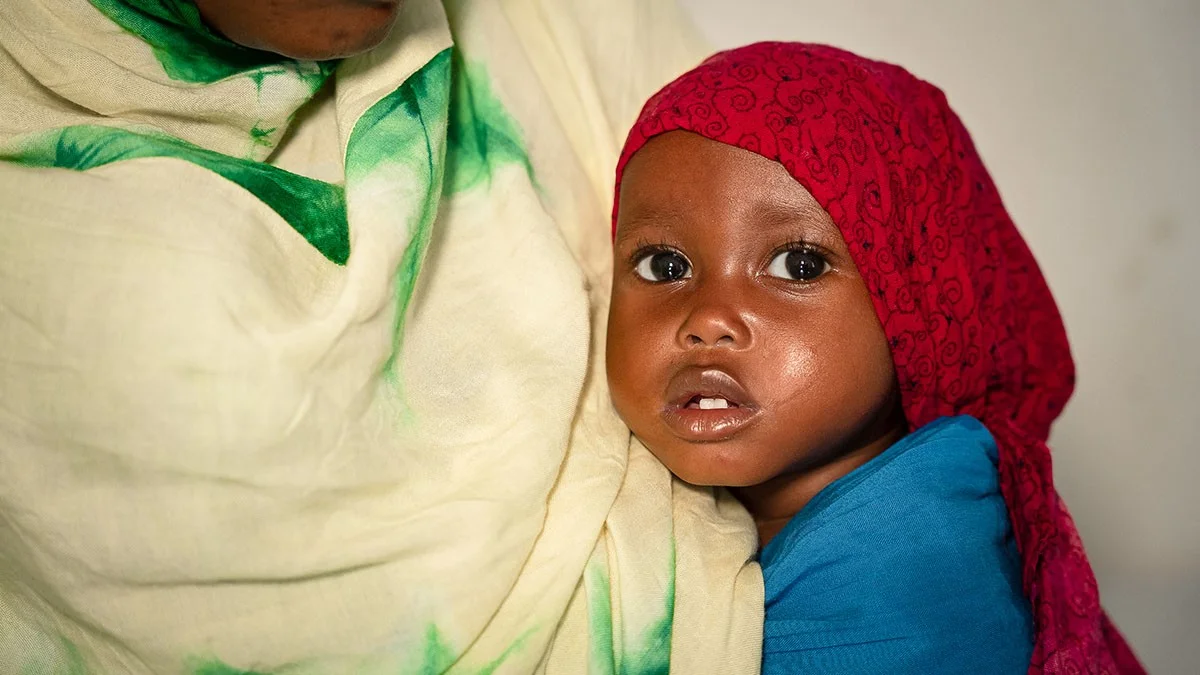According to the latest United Nations estimates on child mortality published today, around five million children died before their fifth birthday in 2021, while a further 2.1 million children and young people aged between 5 and 24 also lost their lives.
In addition, 1.9 million babies were stillborn during the same period. Tragically, many of these deaths could have been prevented through equitable access to high-quality health care for mothers, newborns, children and adolescents.
“Every day, far too many parents are facing the trauma of losing their children, sometimes even before their first breath,” said Vidhya Ganesh, UNICEF Director of the Division of Data Analytics, Planning and Monitoring. “Such widespread, preventable tragedy should never be accepted as inevitable. Progress is possible with stronger political will and targeted investment in equitable access to primary health care for every woman and child.”
According to two UN reports released today, there have been positive developments: the global mortality rate for children under five has fallen by 50 per cent since the beginning of the century, while the mortality rate for older children and adolescents has fallen by 36 per cent and the stillbirth rate by 35 per cent. This can be attributed to increased investment in basic health care for women, children and adolescents.
However, this progress has declined significantly since 2010: 54 countries will fall short of the Sustainable Development Goals target for under-five mortality. Without timely action to strengthen health services, UN agencies warn, an estimated 59 million children and adolescents will die by 2030, and some 16 million babies will be stillborn.
“It is grossly unjust that a child’s chances of survival can be shaped just by their place of birth, and that there are such vast inequities in their access to lifesaving health services”, said Dr Anshu Banerjee, Director for Maternal, Newborn, Child and Adolescent Health and Ageing at the World Health Organization (WHO). “Children everywhere need strong primary health care systems that meet their needs and those of their families, so that – no matter where they are born – they have the best start and hope for the future.”
According to the United Nations, children’s chances of survival continue to vary greatly depending on where they are born. Sub-Saharan Africa and Southern Asia are particularly affected by child mortality. Although countries in sub-Saharan Africa recorded 29 per cent of the world’s live births, 56 per cent of all under-five deaths in 2021 occurred in this region, and 26 per cent occurred in Southern Asia. Children born in sub-Saharan Africa are exposed to the highest risk of childhood death in the world – 15 times higher than the risk for children in Europe and North America.
The stillbirth rate is also particularly high in both regions, with 77 per cent of all stillbirths in 2021 occurring in sub-Saharan Africa and Southern Asia. Nearly half of all stillbirths occurred in sub-Saharan Africa. A woman’s risk of stillbirth is seven times higher in sub-Saharan Africa than in Europe and North America.
“Behind these numbers are millions of children and families who are denied their basic rights to health”, said Juan Pablo Uribe, Global Director for Health, Nutrition and Population at the World Bank and Director of the Global Financing Facility. “We need political will and leadership for sustained financing for primary health care which is one of the best investments countries and development partners can make.”
Access to and availability of quality health care continues to be a matter of life and death for children the world over. Most child deaths occur in the first five years, with half of these children not even surviving the first month. Premature birth and complications during labor are among the most common causes of death. More than 40 per cent of stillbirths also occur during labor – most of these deaths could be prevented if women had access to adequate care during pregnancy and childbirth. For children who do survive past the first 28 days, infectious diseases such as pneumonia, diarrhea and malaria pose the greatest threat.
Although COVID-19 has not directly increased child mortality, with children being less likely to die from the disease than adults, the pandemic may have contributed to putting child survival at greater risk in the future. According to the two recent reports, this could be due to the disruption to vaccination campaigns, nutrition services and access to primary health care, putting children’s health and wellbeing at risk for years to come. In addition, the pandemic has led to the largest decline in immunization in three decades – putting the most vulnerable newborns and children at greater risk of dying from preventable diseases.
The reports also point to data gaps that could undermine the impact of policies and programs designed to improve childhood survival and wellbeing.
“The new estimates highlight the remarkable global progress since 2000 in reducing mortality among children under age 5”, said John Wilmoth, Director of the UN DESA Population Division. “Despite this success, more work is needed to address persistent large differences in child survival across countries and regions, especially in sub-Saharan Africa. Only by improving access to quality health care, especially around the time of childbirth, will we be able to reduce these inequities and end preventable deaths of newborns and children worldwide.”
